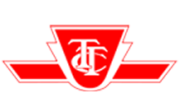The weather gets warmer in spring and some of tree pests become active. That’s why spring tree pest control has to be a key part of your tree care program. You should inspect all of your trees for insects in early spring and take all the necessary actions to prevent tree pests before an upcoming growing season. This blog post concentrates on spring tree pest control in Toronto. Today, we’ll tell you what tree insect pests need to be treated in Toronto during spring months. In addition, we’ll explain to you how these tree pests need to be treated.
Spiny Elm Caterpillar
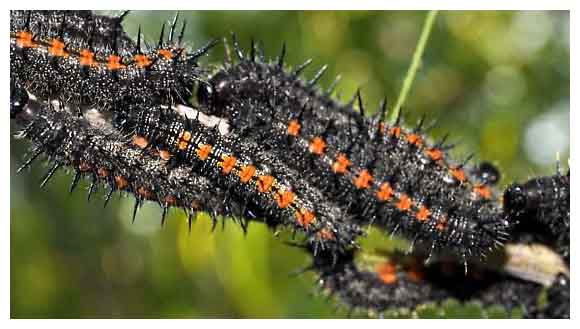
Spiny Elm Caterpillar (also known as Mourningcloak Butterfly) is a beautiful butterfly that can cause a huge damage to trees. The bug attacks birch, maple, elm as well as mountain ash. The mature larva of the butterfly has a black body that’s about 50 mm long and a black head. The butterfly resumes its activity between March and April as the warmer air arrives. Spiny Elm Caterpillar eats the foliage of trees. If the insect pest infestation is discovered, trees have to be sprayed. Among the sprays which are used for treating Spiny Elm Caterpillar are: carbaryl, diazinon, malathion and methoxychlor.
Whitemarked Tussock Moth
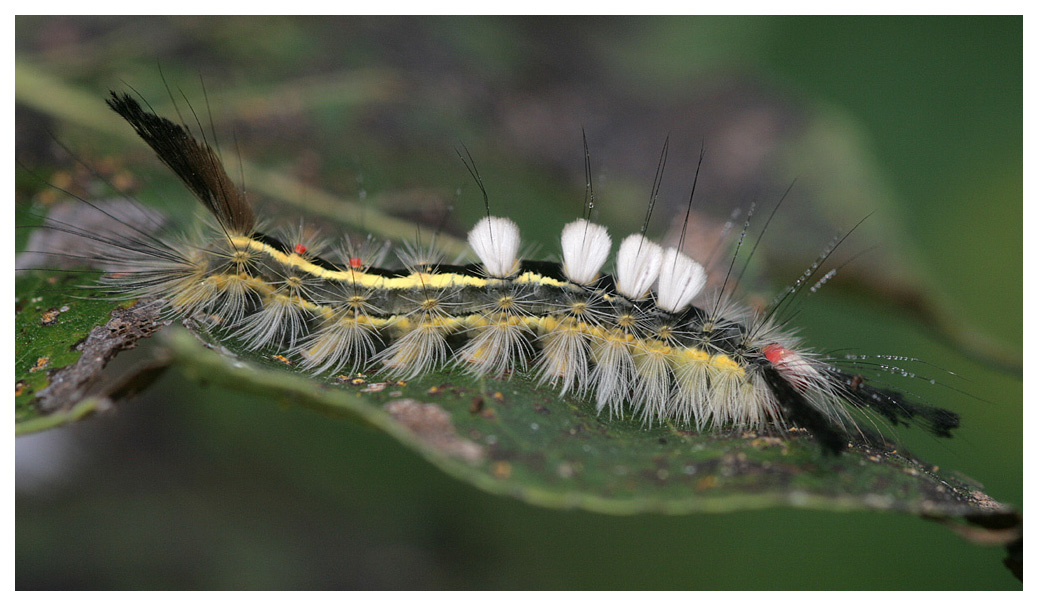
Whitemarked Tussock Moth is another tree pest that needs to be treated in Toronto in spring. The bug attacks both deciduous and coniferous trees as well as shrubs. Such trees as birch, elm, linden and maple often become a victim of the tree insect pest. The caterpillars of Whitemarked Tussock Moth begin to eat the bark of a tree before the growing season. If left untreated, the bug can cause a lot of problems and stress to trees. The insect pest causes tree’s branches die. Branches attacked by the pest break off and drop down on the ground. A spray (carbaryl) is applied to treat the pest in May.
Poplar Vagabond Aphid
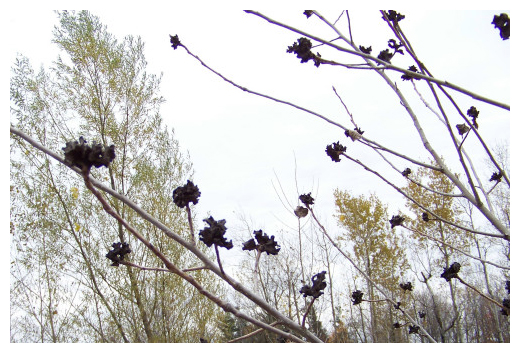
Poplar Vagabond Aphid can become a big problem for different species of poplar trees including cottonwood, trembling aspen and other poplar trees. The pest attacks trees only in spring. The bags gather on new shoots of a tree and suck the plant juices. As a result, hollow galls appear on the tree in the place of feeding. Initially, galls have green color. Galls mature and change their colors several times during a year. Later, galls become dark brown. Finally, galls change their color to black. Galls don’t cause a huge damage to a tree. However, the bug lays eggs in old galls. So, a tree may be invested by Poplar Vagabond Aphid the next year. First of all, it’s necessary to destroy old galls in early spring. Sprays (dimethoate or malathion) can be also applied to control the pest.
Zimmerman Pine Moth
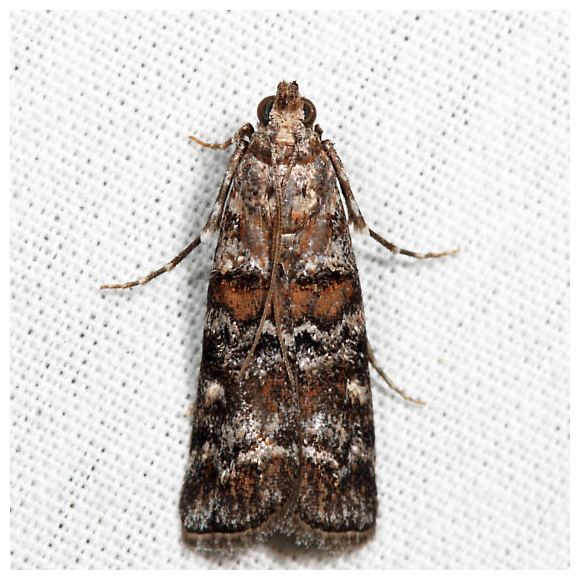
Do you have pines on your property? If so, you should definitely inspect them for Zimmerman Pine Moth. This bag attacks all species of pine. The pest’s larva has a pink-to-greenish body and a brown head. The pest attacks tree’s trunk and eats bark. The pest can weaken trunk, so a tree can break. Zimmerman Pine Moth has to be controlled in the middle April. Such sprays as lindane or endosulfan can be used to kill the pest. The tree’s bark has to be sprayed thoroughly. Plus, branches attacked by the pest need to be pruned and destroyed.
Pine Needle Scale
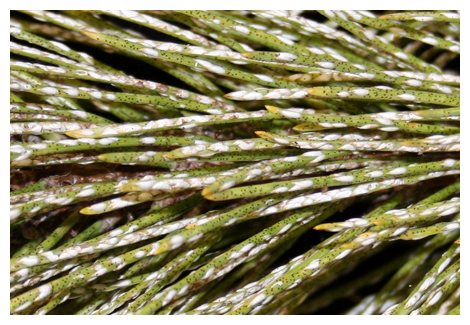
Pine Needle Scale attacks coniferous trees. Oftentimes, the bug attacks pine. Such trees as fir, hemlock, spruce and yew can also become a victim of the insect. When a tree is attacked by the bug, its needles become spotted. If a tree is not treated for a long time, the foliage changes its color and needles begin to drop down. Pine Needle Scale can destroy all branches on a tree. The insect pest can be controlled in late April. The spray (superior oil emulsion) is applied to destroy eggs on a tree. The spray can be also used to control crawlers in May.
Have you noticed the signs of insect pest infestation? Or, maybe, you would like to inspect your trees for common insect pests? Contact us for tree pest control in Toronto today! We are always happy to help you keep your trees beautiful and healthy!
 Calculator for Arborists 2_0x300_9fa.jpeg)







